Hajime Sorayama’s Futuristic Eroticism
The illustrator is the pioneer for a form of hyperrealism that combines sensuality and technology and depicts sexualised robots.
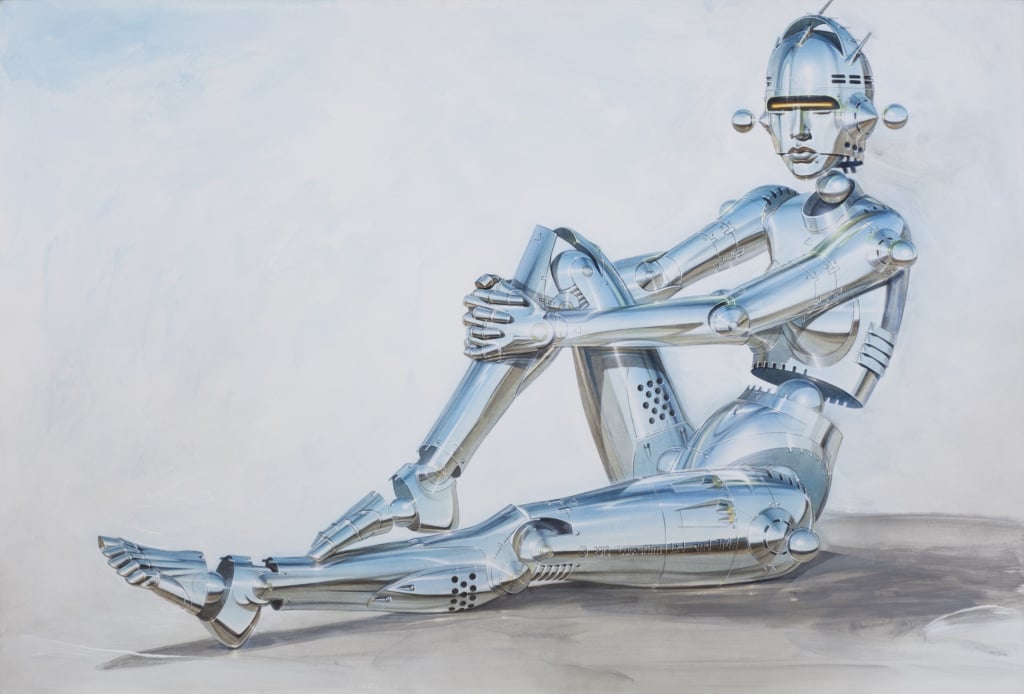
‘Untitled’ (2013), one of the works commissioned by George Lucas and published in the art book ‘STAR WARS ART: CONCEPT’, 2013 © Hajime Sorayama, Courtesy of NANZUKA
Japanese science-fiction is overflowing with works in which robots are the main characters, starting with the famous Astro Boy created by Osamu Tezuka, or Tetsujin 28-go from Mitsuteru Yokoyama.
This fascination for technology is due not only to its usefulness, but also to the beauty it exudes, as demonstrated in the work of Hajime Sorayama.
From Star Wars to eroticism
Born in Japan in 1947, the artist started out working for an advertising agency before becoming a freelance illustrator in 1972. He honed his skills until he found his own style, which he expressed in 1978 when he drew a robot for the first time. Initially, Hajime Sorayama was called upon to draw a character inspired by C-3PO from Star Wars, but the artist wanted to move away from George Lucas’ robot to create a new genre that would earn him international renown, and that can be termed cyber-eroticism.
His first book, published in 1983, was simply titled Sexy Robot. He immediately became famous for his innovative pieces combining pin-ups and science-fiction, and galleries all over the world snapping up his work. This success gave him the opportunity to collaborate with major brands like Dior, Uniqlo and even Sony, for whom he designed AIBO, the robot dog released in 1999.
The beauty of bodies and machines
Sorayama’s work is founded on the search for the beauty of the human body and machines, with representations of female bodies based on standards in advertising, with sensuality merging into the coldness of metal. Most of his hyperrealist pieces use airbrushing, which allows the artist to depict meticulously detailed bodies, with an almost photographic quality. This highly distinctive style brings together the illustrator’s passion for androids and a retro erotic art, as seen for example in representations of cultural icons like Marilyn Monroe.
Hajime Sorayama’s work has an influence that extends far beyond Japanese borders, and that resonates in various domains, from cinema to fashion. His pieces can be found in the permanent collections at the MoMA and have inspired many filmmakers and mangaka whose work is full of Hajime Sorayama’s subversive imagery, like Go Nagai with his Mazinger Angels, and Marvel Studios with Iron Man.
Hajime Sorayama’s work can be viewed on his official website and on his Instagram account. The artist is represented by NANZUKA Gallery in Tokyo.
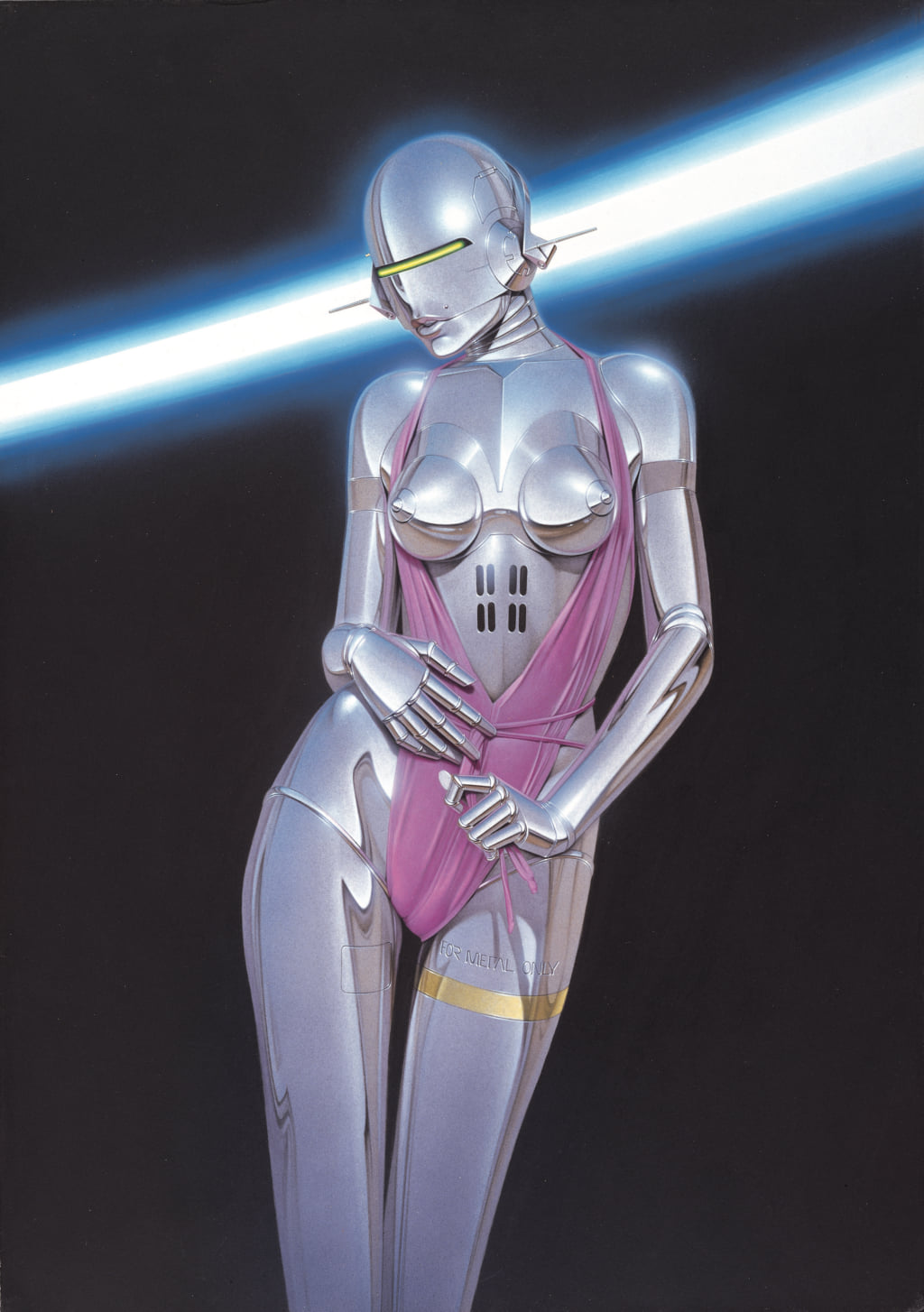
‘Untitled’ (1982), original painting used for the cover page of the book ‘Sexy Robot’ published in 1983 © Hajime Sorayama, Courtesy of NANZUKA
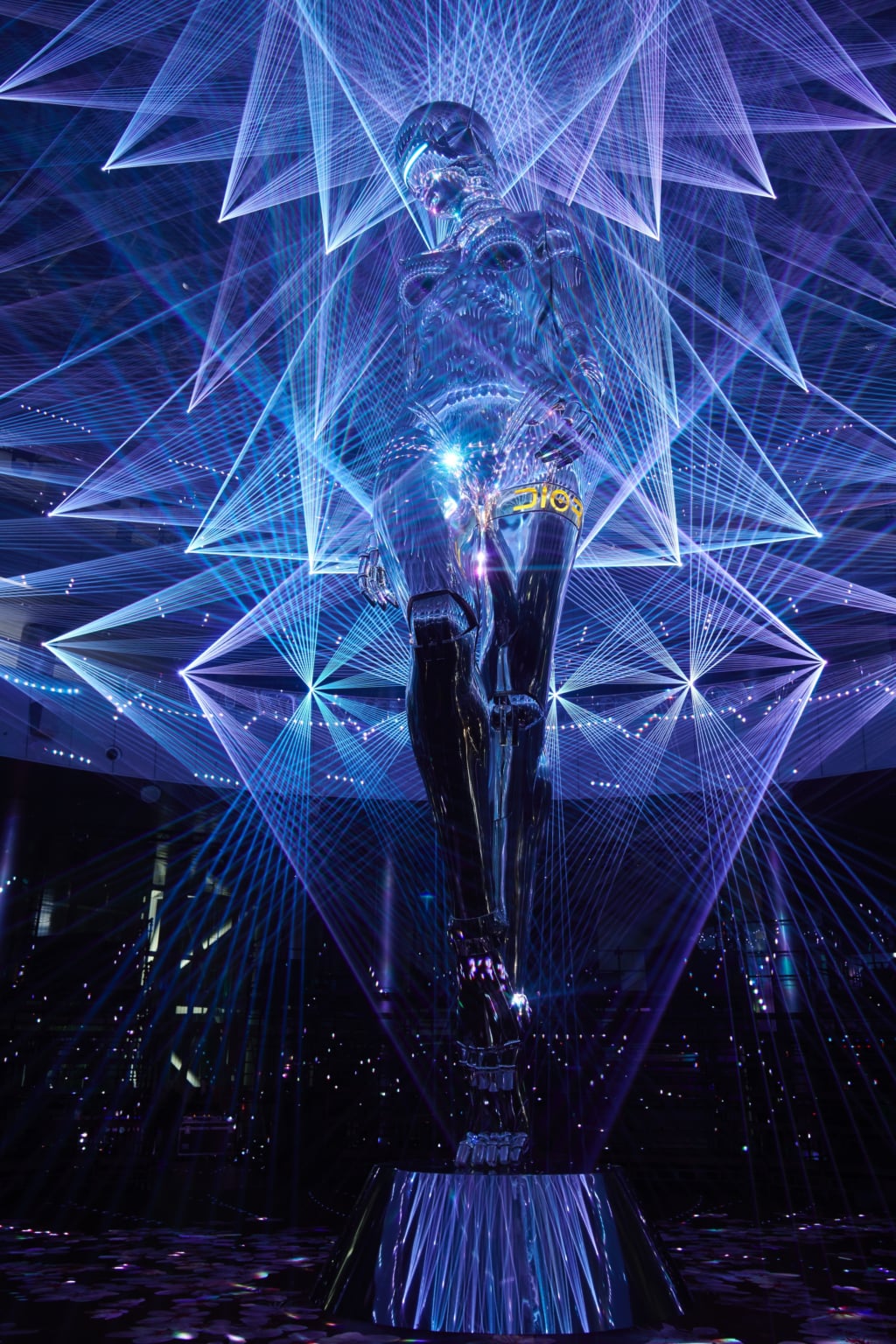
Hajime Sorayama x Dior Homme Pre-Fall 2019 show, Tokyo © Hajime Sorayama, Courtesy of NANZUKA
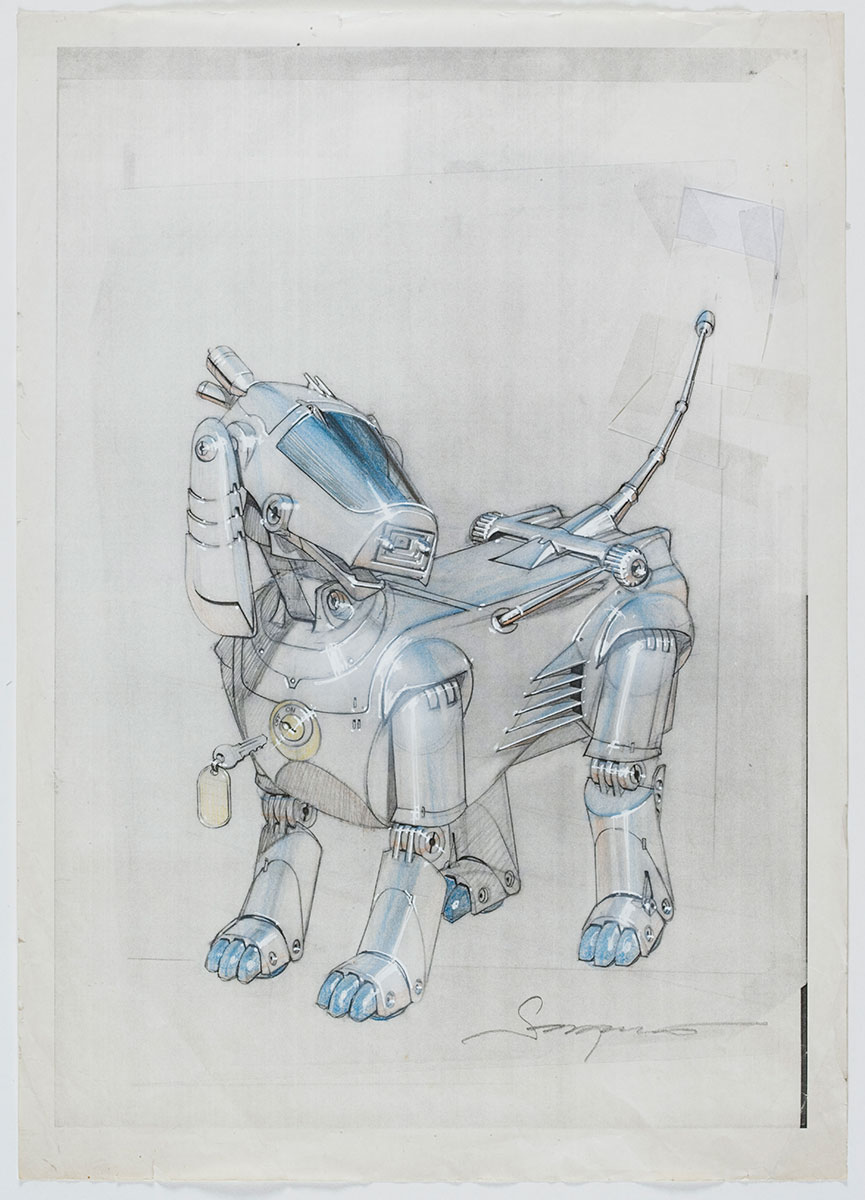
‘Concept design of AIBO’ (1997), original drawing of AIBO © Hajime Sorayama, Courtesy of NANZUKA
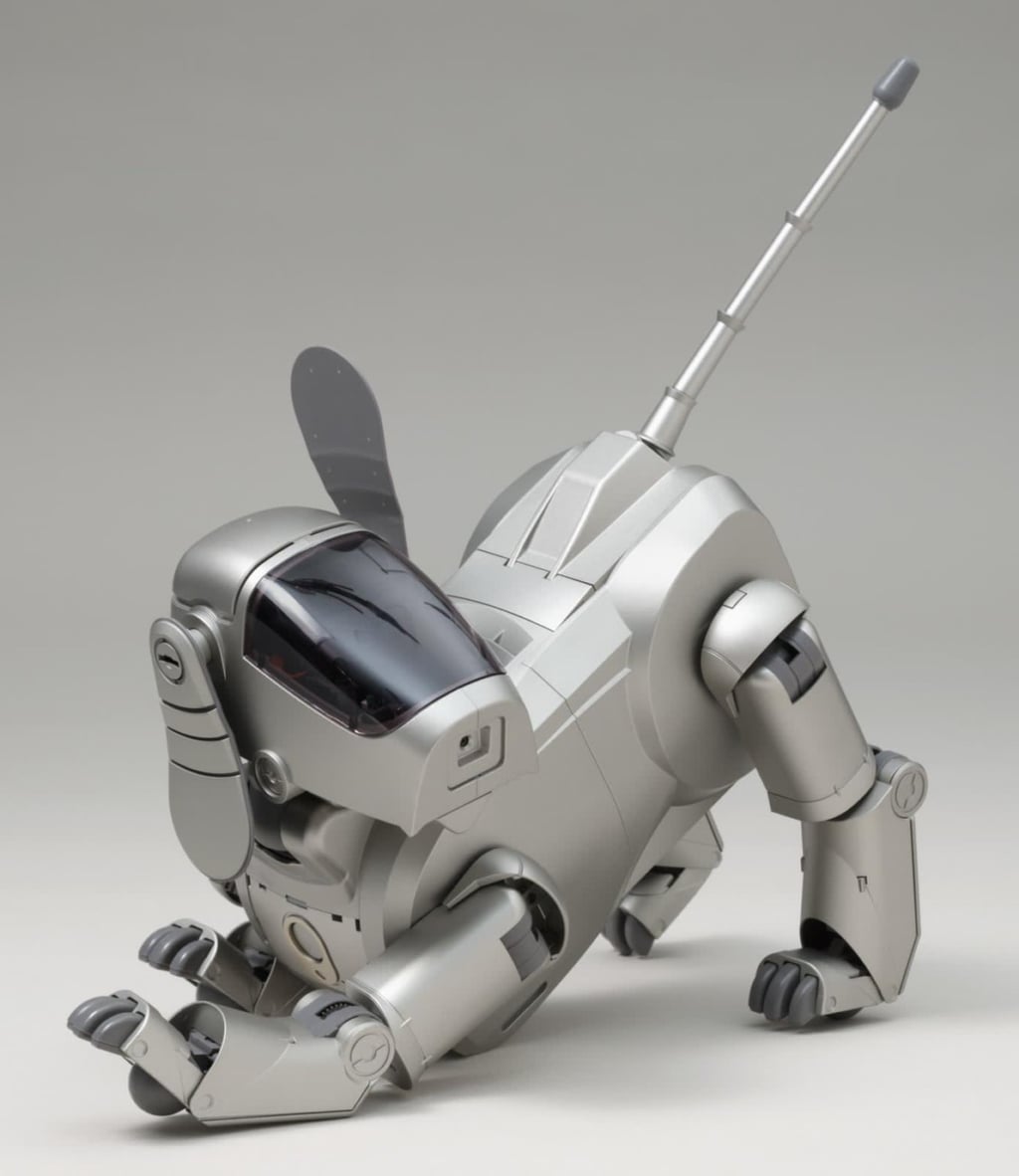
‘AIBO’ (1999) © Hajime Sorayama, Courtesy of NANZUKA
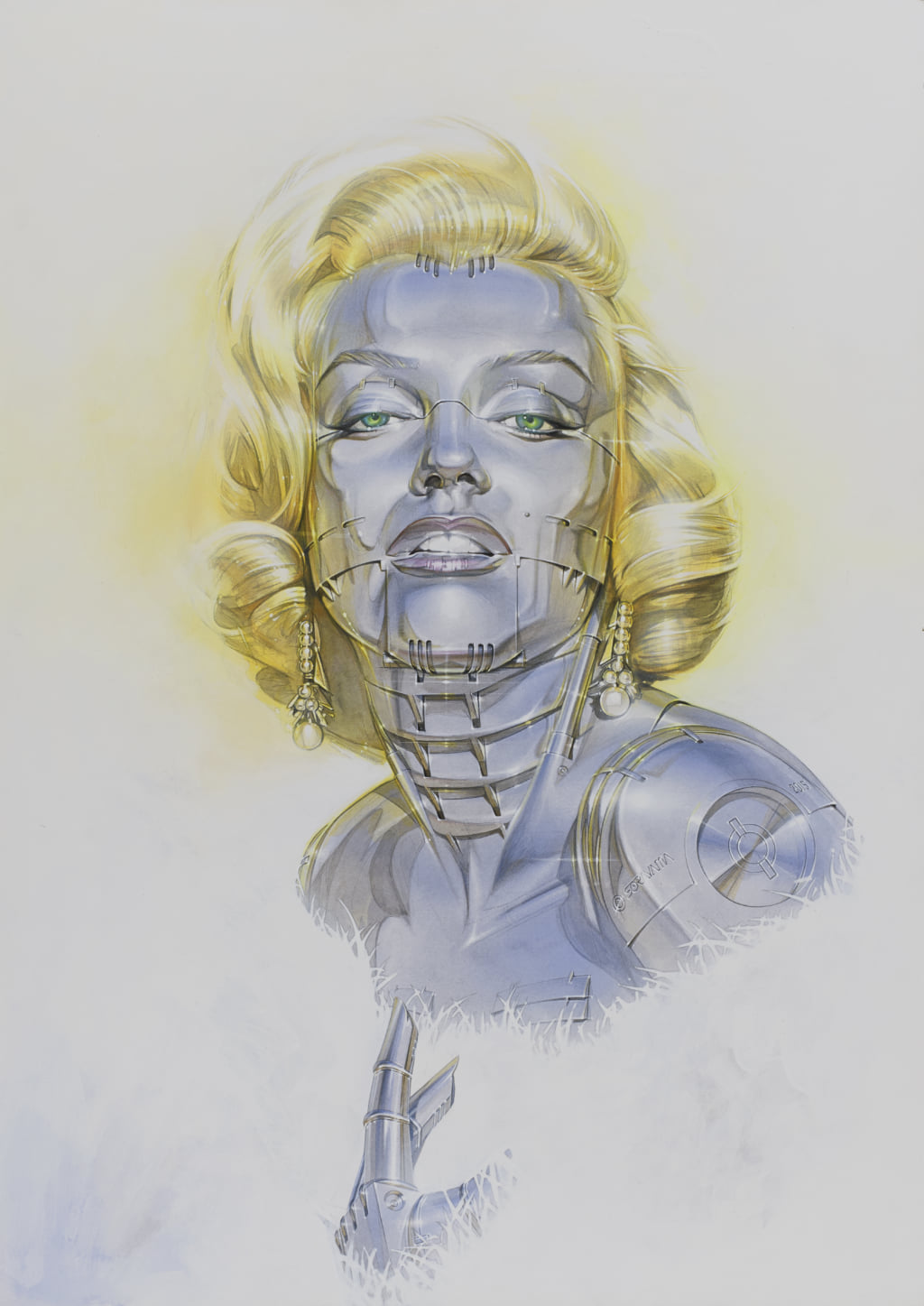
‘Untitled’ (2015), a referential work for ‘Marilyn Monroe’ © Hajime Sorayama, Courtesy of NANZUKA
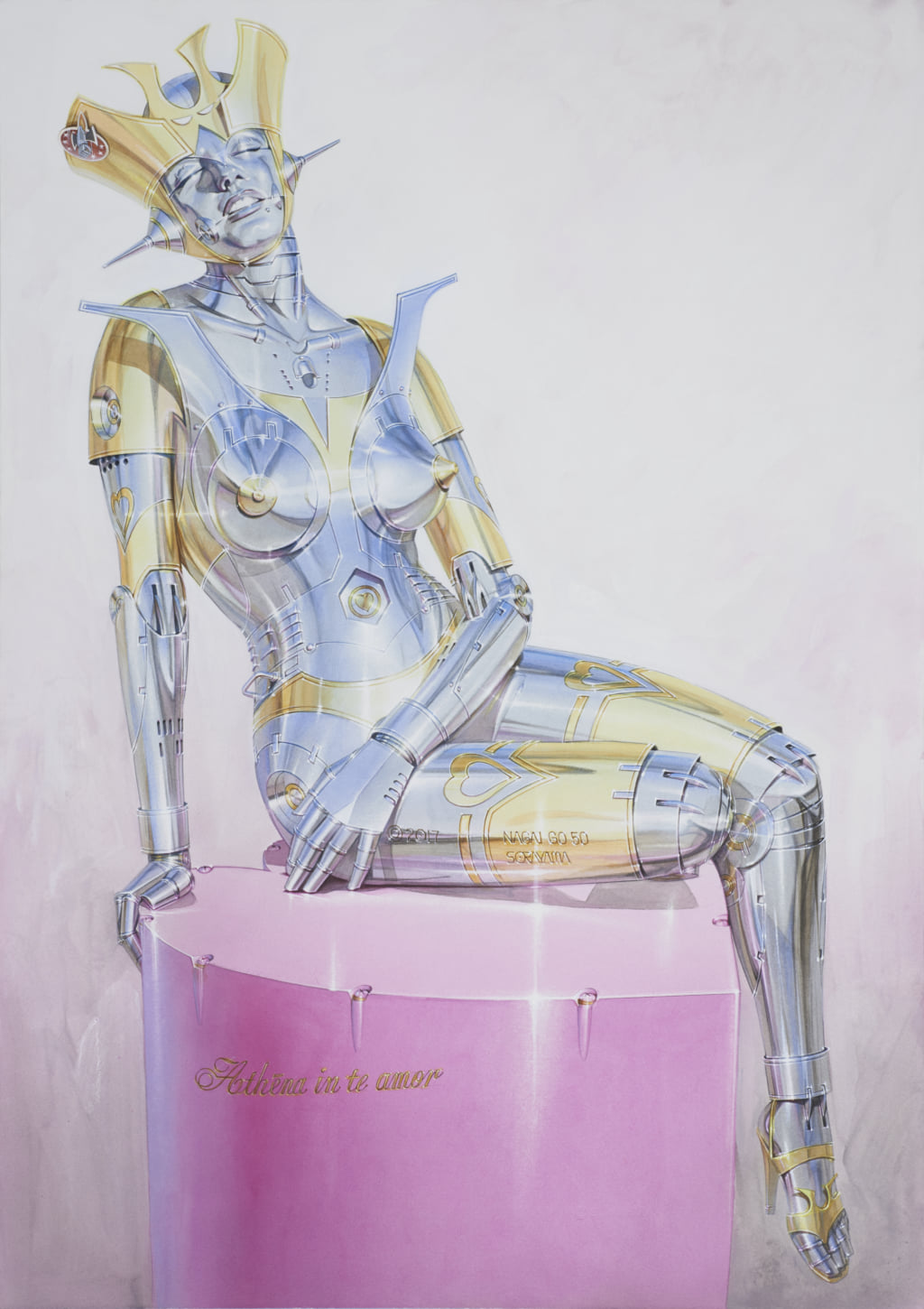
‘Untitled’, ‘Mazinger Angel’ © Hajime Sorayama, Courtesy of NANZUKA
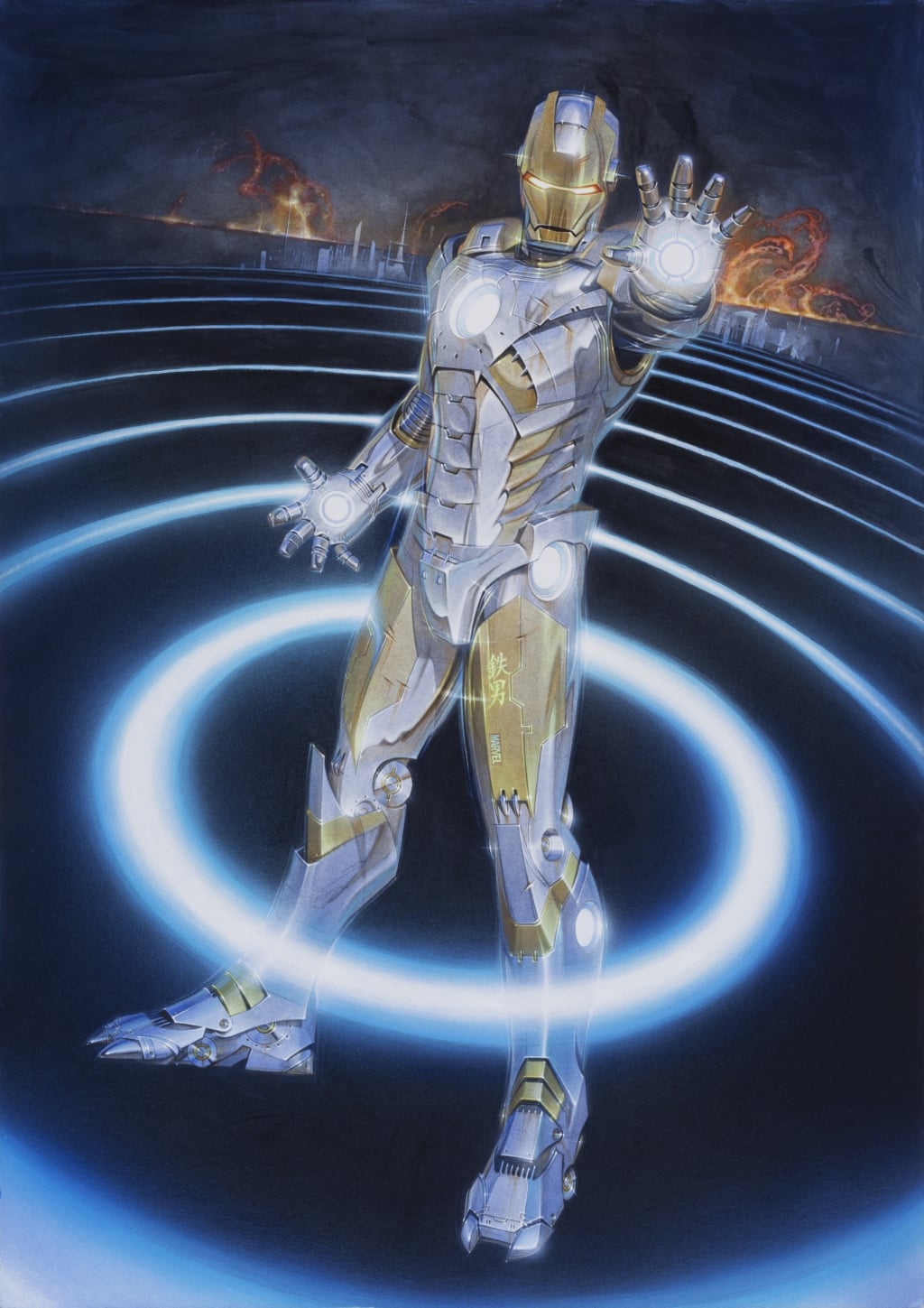
‘Untitled’ (2012), ‘Iron Man’ © Hajime Sorayama, Courtesy of NANZUKA
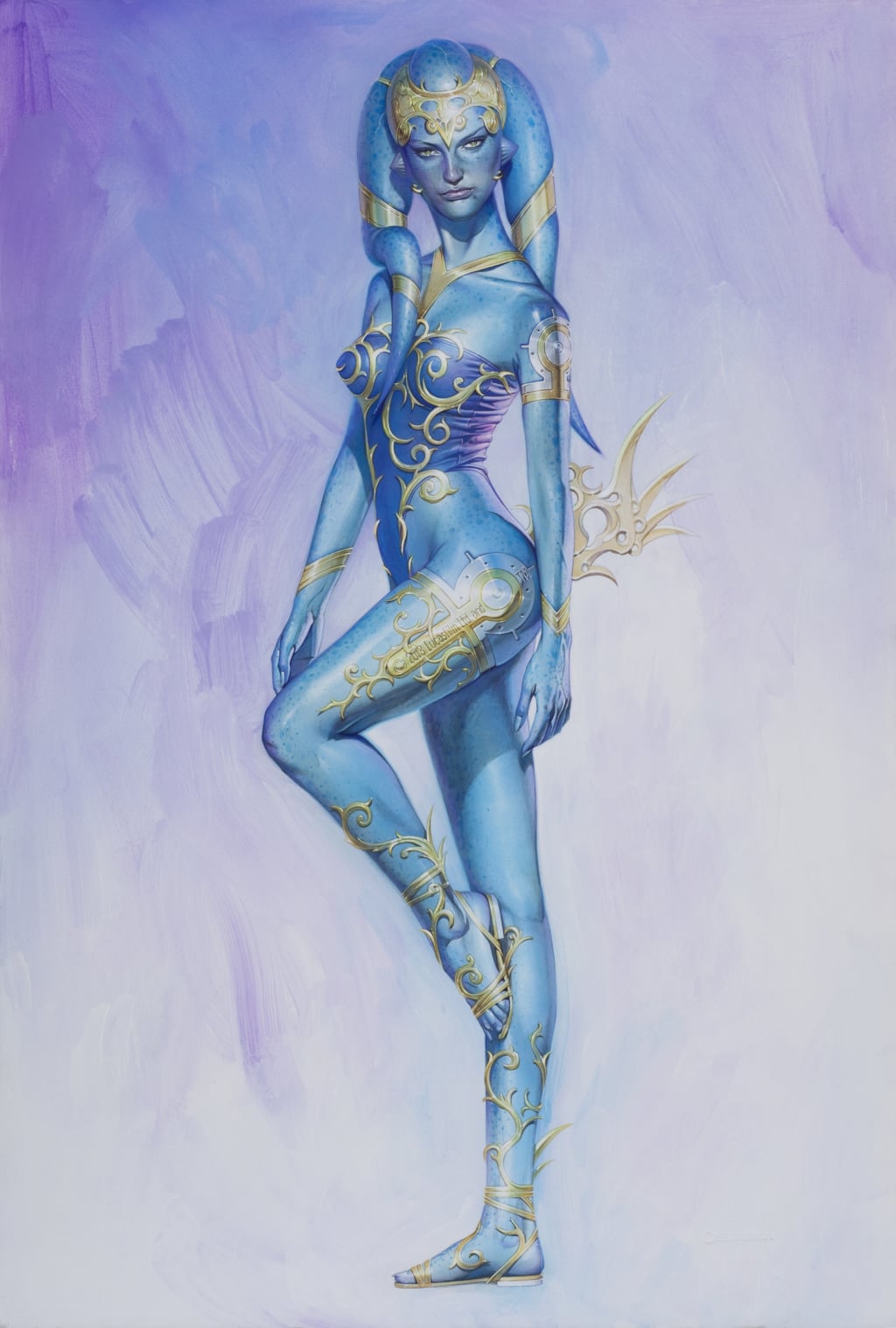
‘Untitled’ (2013), one of the works commissioned by George Lucas and published in the art book ‘STAR WARS ART: CONCEPT’ © Hajime Sorayama, Courtesy of NANZUKA
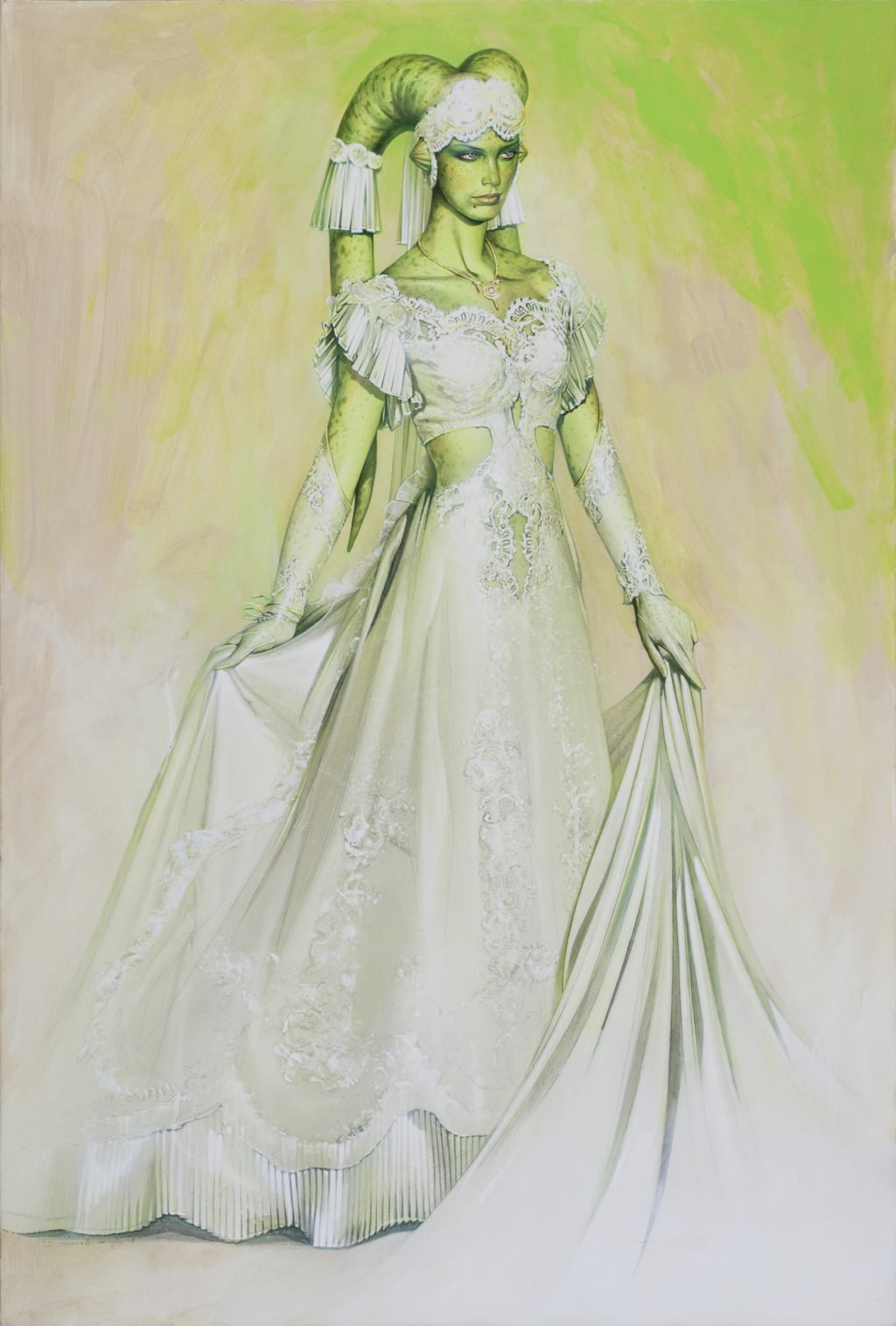
‘Untitled’ (2013), one of the works commissioned by George Lucas and published in the art book ‘STAR WARS ART: CONCEPT’ © Hajime Sorayama, Courtesy of NANZUKA
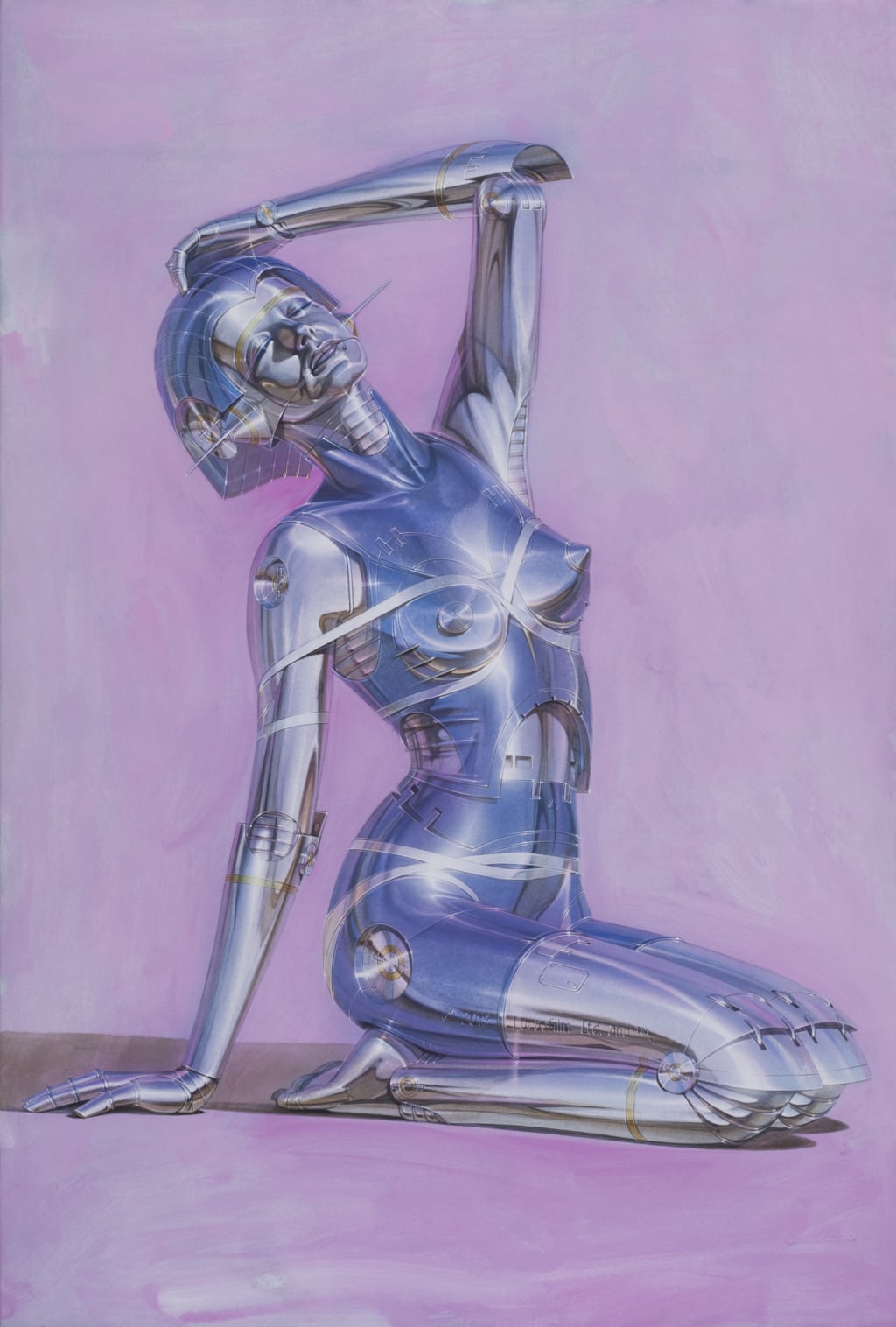
‘Untitled’ (2013), one of the works commissioned by George Lucas and published in the art book ‘STAR WARS ART: CONCEPT’ © Hajime Sorayama, Courtesy of NANZUKA
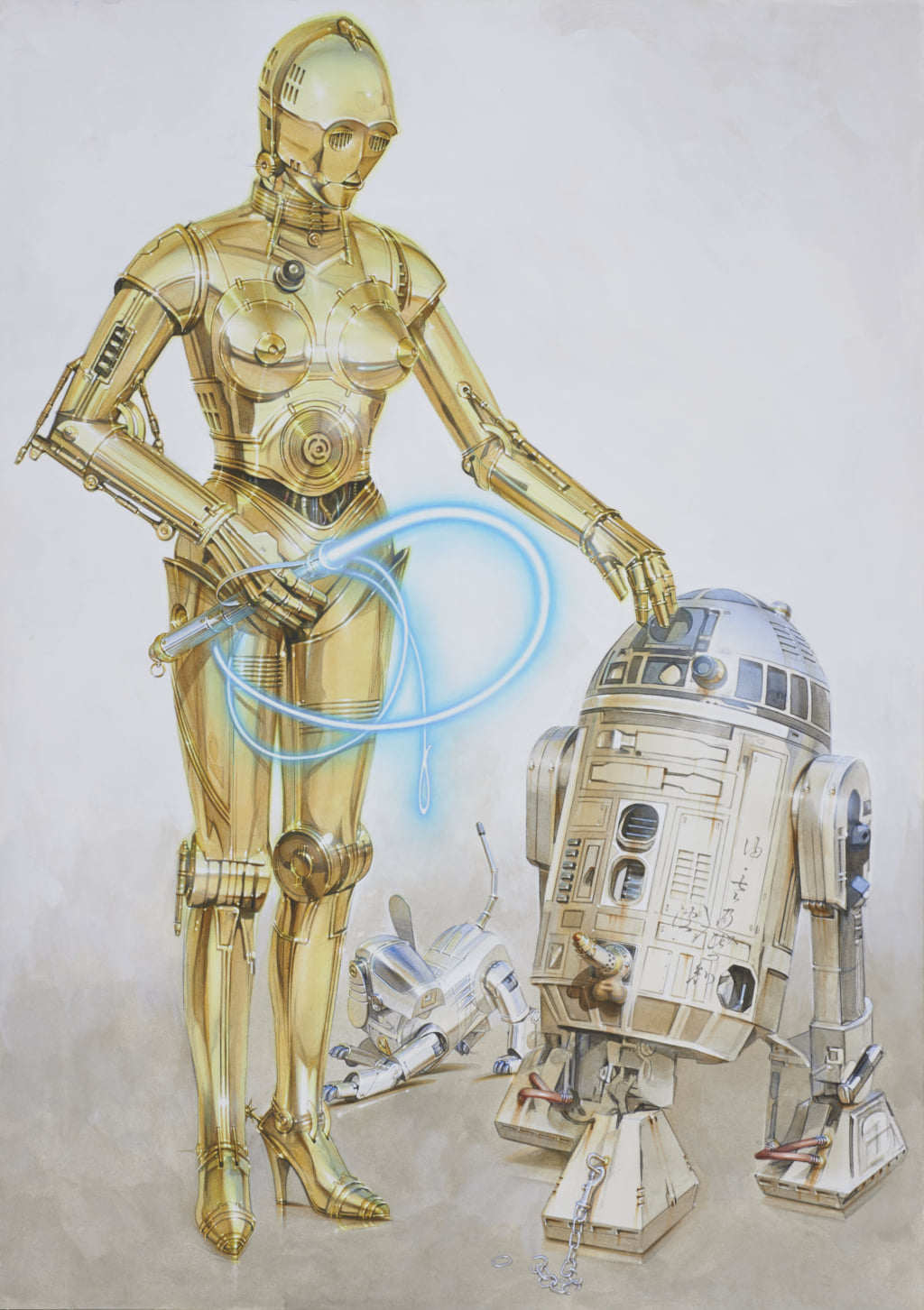
‘Untitled’ (2015), this piece was produced outside of George Lucas' commission for Hajime Sorayama's own enjoyment © Hajime Sorayama, Courtesy of NANZUKA
TRENDING
-
A House from the Taisho Era Reveals Its Secrets
While visiting an abandoned building, Hamish Campbell discovered photographs the owner had taken of the place in the 1920s.

-
The Taboo-Breaking Erotica of Toshio Saeki
The master of the 1970s Japanese avant-garde reimagined his most iconic artworks for a limited box set with silkscreen artist Fumie Taniyama.

-
With Meisa Fujishiro, Tokyo's Nudes Stand Tall
In the series 'Sketches of Tokyo', the photographer revisits the genre by bringing it face to face with the capital's architecture.

-
Masahisa Fukase's Family Portraits
In his series ‘Family’, the photographer compiles surprising photos in which he questions death, the inescapable.

-
Hajime Sorayama's Futuristic Eroticism
The illustrator is the pioneer for a form of hyperrealism that combines sensuality and technology and depicts sexualised robots.





